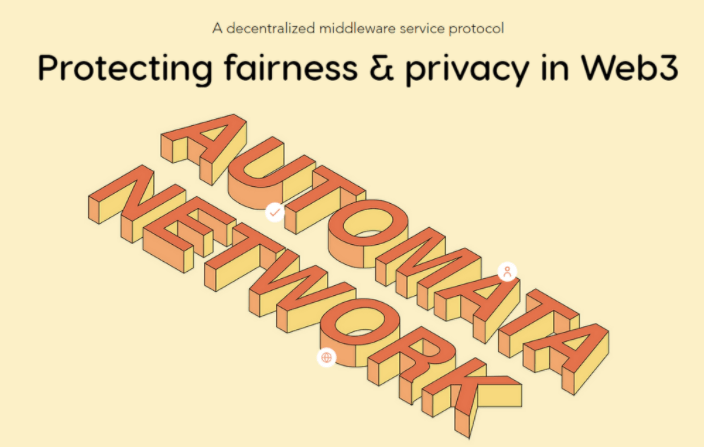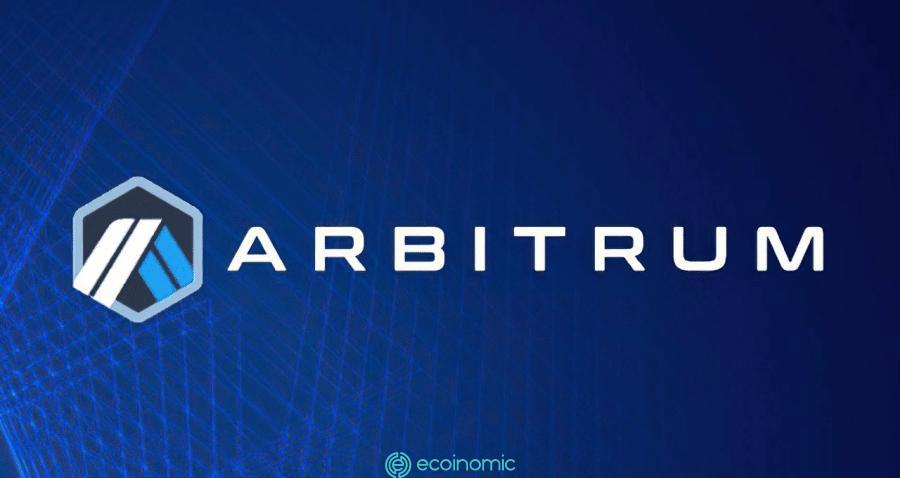Advertisement
When you want to buy, sell, invest cryptocurrencies or securities on exchanges, users must perform orders on the floor. The two main forms of market orders today are: Market Orders: Orders for immediate purchase or sale of assets at the market price at that time.
Limit order: Is an order that executes the purchase or sale of an asset when the price reaches the limit you set.
In general, both types offer their own benefits and disadvantages to users. In each category there are different small branches suitable for the different problems and trading styles of investors. Limit and Market Orders are the simplest and most basic ways to describe a trade order.
Market command and Limit command
Market orders are used when you want to buy or sell assets immediately at the current price. For example, when you want to buy 2 BTC on Binance, when the BTC price is at $15,000, you are willing to place a buy order immediately and pay a price of $ 30,000 without waiting for the price to fall. That’s an example of a market order.
So with such a quick purchase decision, who will be the one selling those BTC coins to you?
Command book – the list stores a series of Limit commands that will give you the answer. Basically, with these orders, the trade will not be executed immediately but need to be conditional. Understand simply as, at the price X, will make a purchase or sale of a quantity of Y coins. According to this principle, earlier in the order book, an investor placed a sell order of 2 BTC when the price reached $15,000, when the market order was placed, the exchange would automatically execute trades that matched the orders currently on the order book.

In fact, you’re not creating a new trade order, you’re just executing and taking away a pending order that’s available in the order book. In this case, you act as a Taker (receiver), as you are taking over a portion of the liquidity of the market. The other trader is Maker because they have provided liquidity to the market. Basically, if you’re a maker you’ll enjoy a lower fee.
To better understand these two subjects, please read the article Maker Model – Taker: Concepts and Benefits
What you need to know about market orders
Market orders make instant buy and sell transactions. You ask for the trade to be executed at the best possible price. Sometimes, the optimal price is not necessarily the trading price that is being displayed – it depends on the order book. So the trade can end up at a slightly different price. The same trade made with a Limit order may be cheaper than a Market order due to the transaction execution fee and incurred as a result of slippage.
Common types of commands
The most common, common and commonly used orders are: Market buy orders, Market sell orders, Limit buy orders, Limit sell orders. For experienced traders, masterful use of this order gives a huge advantage in the market whether it is long-term or short-term setups.
 crypto trading | CoinPanel” />
crypto trading | CoinPanel” />
Stop loss orders
This is an out-of-the-book trading order, at which point your asset is set to sell at a special price (when the price drops). The order is designed to help investors avoid heavy losses and losses. This is the Limit Order type, as you have pre-capped a price to sell, not at the current price in the market. However, this command is not recorded in the command book. The exchange only turns it into a Market order when the price drops to the preset limit.
Limit stop order
Also a tool to help limit losses and losses in trading, stop limits orders are quite similar to stop loss orders that add one step.
If the bitcoin trading price is $10,000 and the stop loss you set is $9990, you’re sure to sell if the price drops by $10.
In case you don’t know exactly how much you want to stop, the limit stop order will be applied to support. Where BTC costs $10,000 as above, you set two parameters: Stop Price and Limit Price. For example, the stop price you set is $9985 and the limit price is $9990. When you reach the stop price ($9985), the order will be activated and you will make a sale of your assets when the price recovers to the level of $9990.
Note: There is still a risk that the price cannot recover to the limit. In that case, your losses may increase as the price continues to fall below the $9985 level. And the orders placed will not be executed.
OCO command (one order cancels the remaining orders)
The remaining order cancellation orders (OCO) allows you to combine the two conditional orders. As soon as one command is activated, the other will be canceled. For example, if BTC is priced at $10,000, placing an OCO order, you’ll make a purchase of Bitcoin when the price hits $9,900, or sell when the price rises to $11,000. When one of these orders is executed, the other will be immediately canceled.
See also: How to place Stop-Loss and Take-Profit orders
Validity period
Another aspect that affects the effectiveness of placing orders, is the validity period. This is the parameter you set when you start placing the order, which stipulates the duration of the order to take effect.
Valid until cancellation (GTC)
This indicator informs that the transaction will be kept open until someone performs the operation to cancel the transaction. Almost all cryptocurrency trading platforms have defaulted to this.
On the stock market, usually trading orders will be closed at the end of the day. However, because of its 24/7 operation, GTC is more popular in the cryptocurrency market.
Now or cancel (IOC)
This setting stipulates that any part that is not immediately met with the order must be canceled. Let’s say you place an order to buy 10 BTC when the price reaches $10,000, but can currently only buy 4 BTC as required. In this case, you will also make a purchase of 4 BTC and the remaining 6 BTC will be canceled.
Filling or destroying (FOK)
Orders (FOKs) are executed only immediately or cancelled. If you place an order on the exchange to buy 10 BTC at a price of $10,000 then it will not meet a portion. If all 10 BTC as required are not available, the order will be canceled.
Conclusion
Mastering and mastering the types of orders is important to help trade successfully. In the face of psychological and market fluctuations, investors need to determine the availability of profit targets, the level of losses allowed, thereby flexibly executing orders to achieve the goal.
















